- News
-
-
-
-
-
Latest News Articles
- ‘Supercomputing’ uncovers information about great gray owl May 1, 2024
- Shedding light on vanishing fireflies May 1, 2024
- JWM: Problem crocs in Darwin, Australia come from far and wide April 30, 2024
-
-
-
- Wildlife Professional Resources
-
- Our Network
-
- PUBLICATIONS
-
-
Recent Posts
-
 The Wildlife Professional November/December Issue
November 1, 2023
The Wildlife Professional November/December Issue
November 1, 2023
-
-
-
-
-
-
- Wildlife Events
-
-
-
Upcoming Webinars
- No Events
-
-
-
- Who We Are
-
Category: TWS Wildlife News
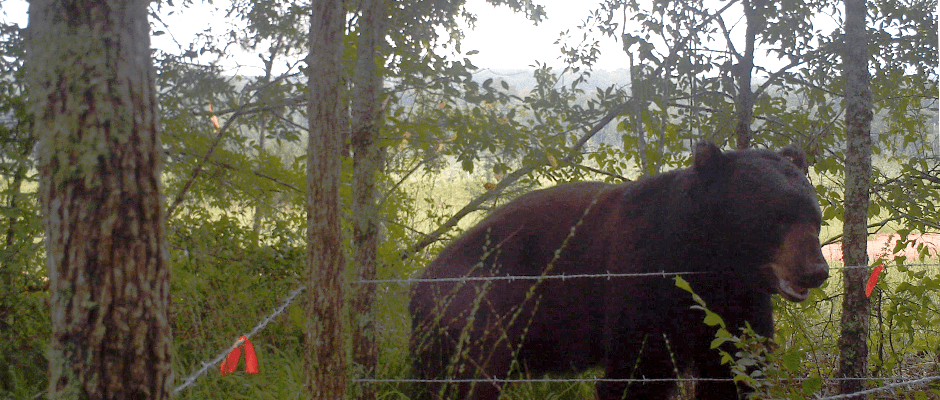
February 14, 2017
Student research project: Monitoring Georgia black bears
A small black bear population (Ursus americanus) in central Georgia appears to be relatively stable, and more bears are found in upland habitat filled with pines and other plants, according...
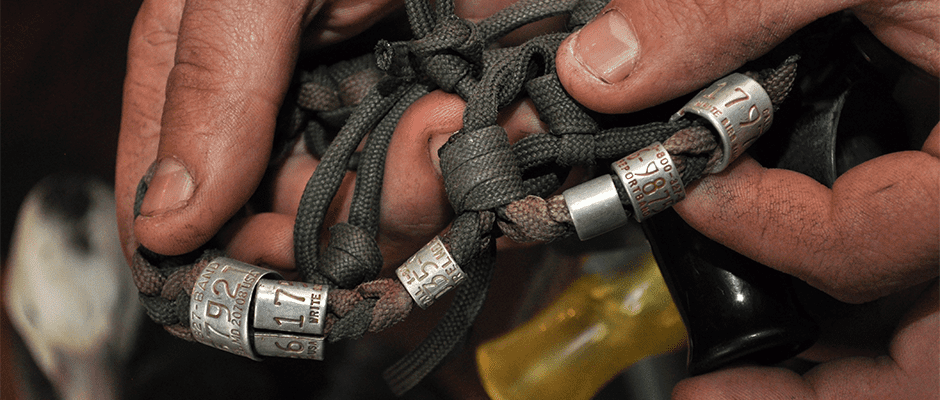
February 13, 2017
Bird bling contributes to waterfowl management
With a cobalt blue, cloud-filled sky overhead, Sacramento Fish and Wildlife Office Biologist Vincent Griego set out on a 30-minute bumpy ride through the prairies of Saskatchewan, Canada — just...

February 8, 2017
Sniffing out shrubs’ significance for endangered lizards
Endemic to California’s San Joaquin Valley, the blunt-nosed leopard lizard (Gambelia sila) has been fighting extinction for the last half-century. With a little assistance from a team of scat-sniffing canines,...

February 7, 2017
Congress works to overturn Obama administration rules
Deregulation plans Within the past two weeks, Congress has moved to undo a number of Obama administration actions under the Congressional Review Act (CRA), which allows for an expedited legislative...

February 7, 2017
More deer may mean fewer songbirds
Large deer populations can be a nuisance for suburban drivers and gardeners, but new research shows they may also play a role in decreasing songbird populations. “Some birds need low-lying...
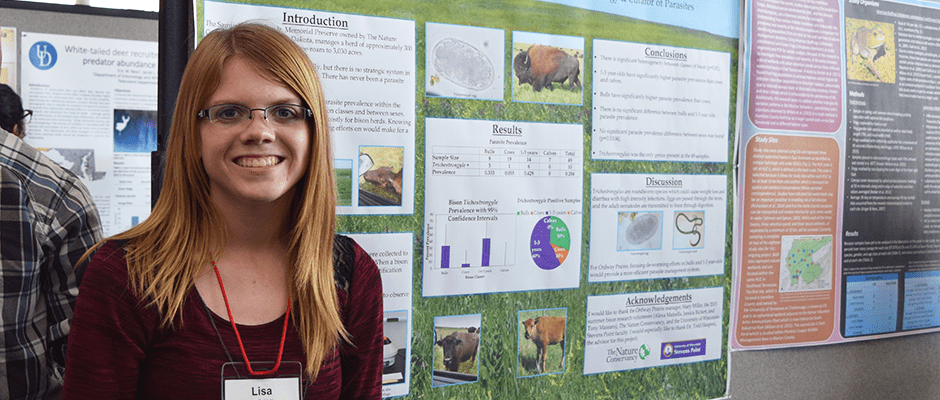
February 6, 2017
Student Research project: Parasites prevalent in bulls and juvenile bison
While interning with The Nature Conservancy in South Dakota in August 2015, Lisa Zoromski, a University of Wisconsin – Stevens Point senior, found that bulls and juveniles in the free-ranging...

February 3, 2017
The rise of double-crested cormorants: Too much of a good thing?
For centuries, people have viewed cormorants negatively. In classical literature, the word cormorant represented greed and gluttony. However, natural resource professionals have long recognized the ecological value of all wildlife,...
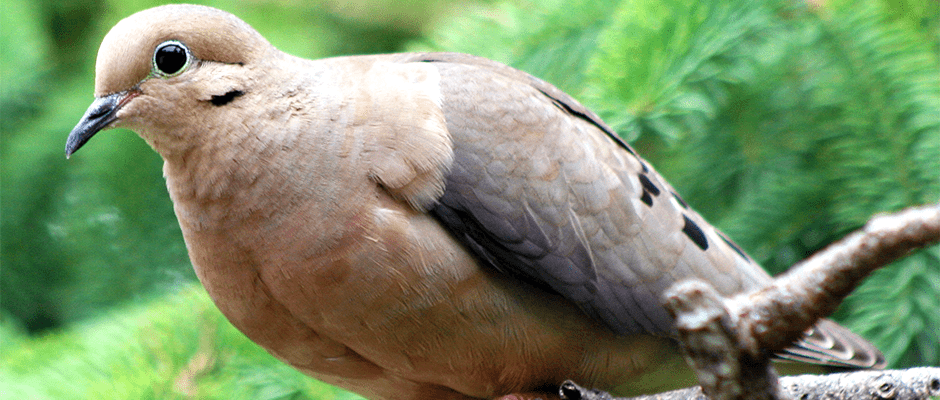
February 2, 2017
USFWS issues Director’s Order for use of nontoxic ammunition
USFWS released Director’s Order 219 on Jan. 19, during the final hours of the Obama Administration. The Order outlines an effort to expand the use of nontoxic ammunition and fishing...
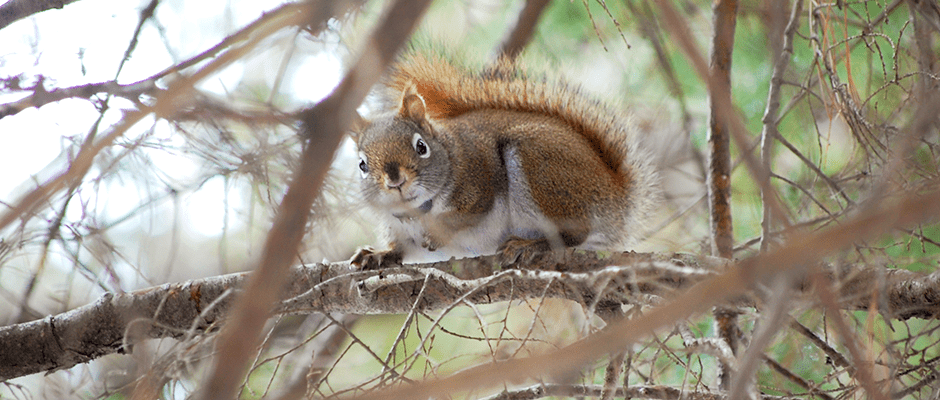
February 1, 2017
Student Research project: Drought lowers squirrel numbers
Over the course of one year, an American red squirrel (Tamiasciurus hudsonicus) population in Maine dropped significantly, likely a result of drought, according to new research presented at the TWS...
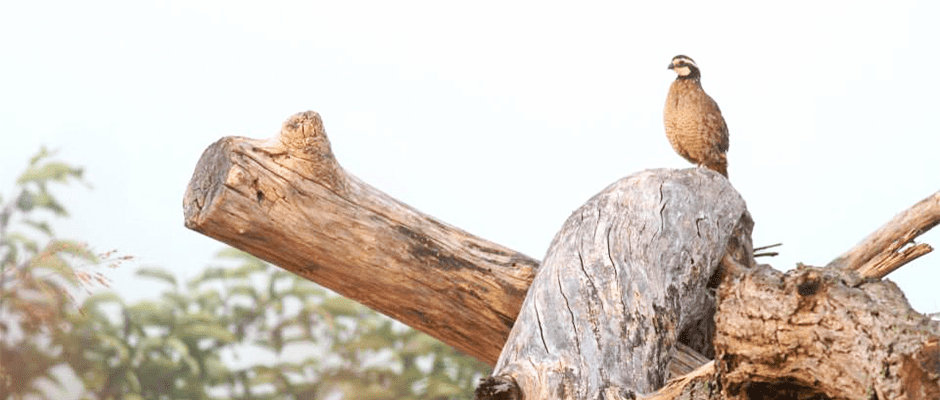
February 1, 2017
JWM study: From mining to management for bobwhite
Reclaimed landscapes scarred by surface mining could become more valuable habitat for the northern bobwhite (Colinus virginianus), according to a recent study, especially if subjected to certain methods conventionally used...

